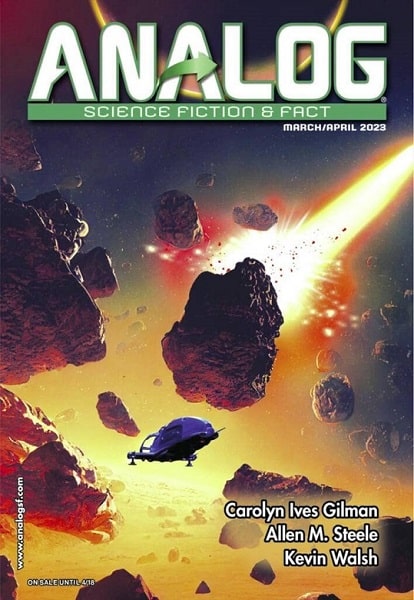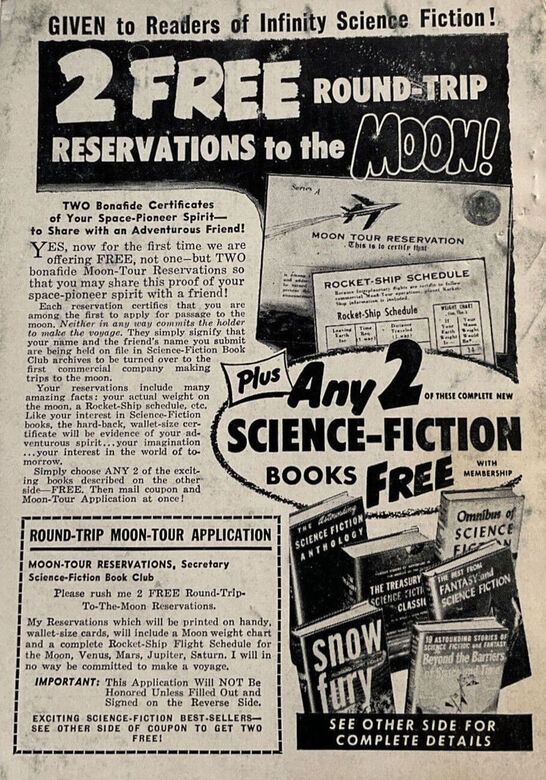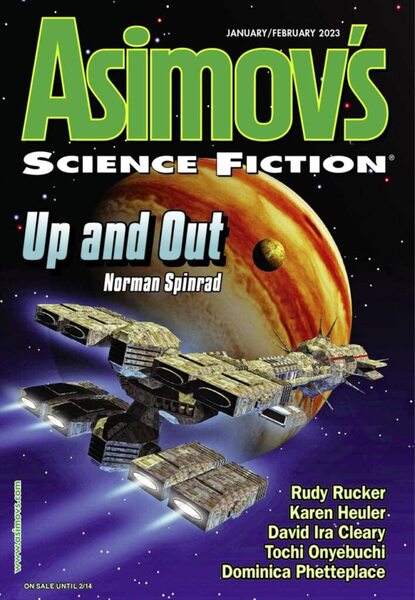Alien Scarecrows, Strange Restaurants, and Mystery in a Spaceport Morgue: March-April 2023 Print SF Magazines
 |
 |
 |
March/April 2023 issues of Asimov’s Science Fiction, Analog Science Fiction & Fact,
and The Magazine of Fantasy & Science Fiction. Cover art by Dominic Harman
(for “Gravesend”), Shutterstock, and Mondolithic Studios/Jill Bauman (for “Mr. Catt)
It’s a bonanza of great fiction in the new print mags this month, with stories by some of the biggest names in the biz — including Peter S. Beagle, Greg Egan, Paul McAuley, Bruce Sterling and Paul Di Filippo, Kristine Kathryn Rusch, Lavie Tidhar, Allen M. Steele, Carolyn Ives Gilman, Adam-Troy Castro, Howard V. Hendrix, Eleanor Arnason, Tade Thompson, Kathleen Jennings, Sheila Finch, Sam J. Miller, Rajnar Vajra, Buzz Dixon, E. Catherine Tobler, Gregory Feeley, Octavia Cade, Ray Nayler, Stanley Schmidt, and many more.
The fiction here covers the gamut modern SF, with tales set on Mars, a far-future Earth where mankind has been exterminated, an 8th grade math class taught by a witch, a restaurant run by an alien who sells off parts of his own body, an asteroid inhabited by giant ants, a mysterious house that sells ideas to science fiction writers, a department store that offers new bodies, a morgue on a spaceport, a climate-ravaged Europe, and more more. See all the details below.













